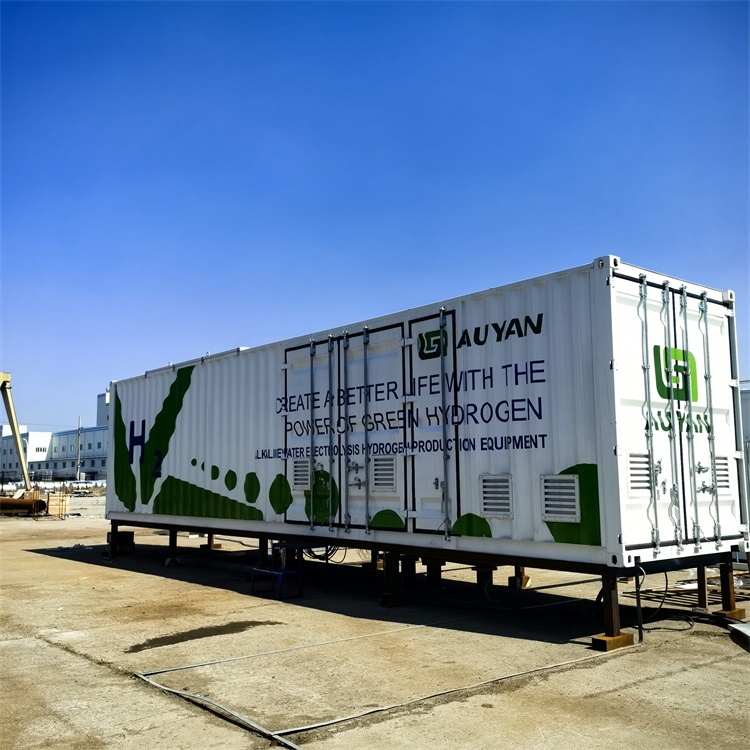Introduce the core components and working principle of alkaline electrolytic water hydrogen production equipment.
2024-11-11 14:15:05

Introduce the core components and working principle of alkaline electrolytic water hydrogen production equipment.
The core components of alkaline electrolytic water hydrogen production equipment include electrolytic cells, electrodes, diaphragms, electrolytes, etc. The working principle is as follows:
Electrolytic cell:
It is the core component of alkaline electrolytic water hydrogen production equipment. It is usually made of metal materials and has good electrical conductivity and corrosion resistance.
Electrodes:
Including cathode and anode, usually made of metal materials such as nickel, iron, cobalt, etc. The surface of the electrode is usually coated with a catalyst to improve electrolysis efficiency.
Diaphragm:
Used to separate the cathode and anode to prevent hydrogen and oxygen from mixing. The diaphragm is usually made of polymer materials such as polyphenylene sulfide (PPS) and polytetrafluoroethylene (PTFE).
Electrolyte:
Usually an alkaline solution such as potassium hydroxide (KOH), sodium hydroxide (NaOH), etc. The concentration and temperature of the electrolyte affect the electrolysis efficiency.
During operation, alkaline electrolytic water hydrogen production equipment passes direct current into the electrolytic cell through a power supply, causing water molecules in the electrolyte to undergo electrochemical reactions on the surface of the electrode and decompose into hydrogen and oxygen. The specific reaction process is as follows:
Cathode reaction: Water molecules gain electrons on the surface of the cathode and are reduced to hydrogen and hydroxide ions.
Anode reaction:
Hydroxide ions lose electrons on the surface of the anode and are oxidized to oxygen and water.
The generated hydrogen and oxygen are discharged from the electrolytic cell through the diaphragm and gas pipeline respectively, thus realizing the process of alkaline electrolytic water hydrogen production.